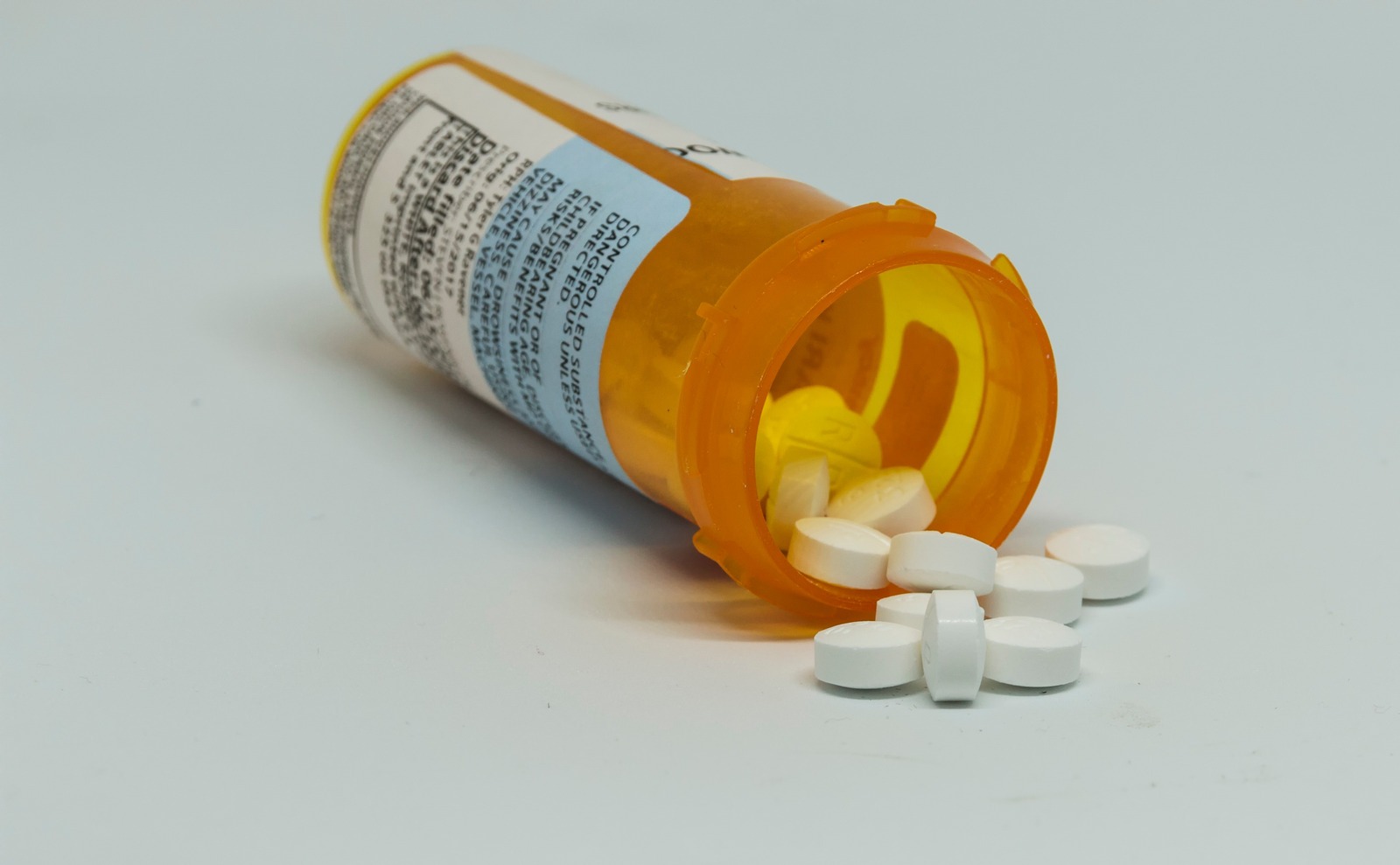What Is the Ativan Half-Life?

- Ativan has a half-life of about 12 hours, but it can range from 10 to 20 hours for many people.
- Ativan’s effects happen quickly, usually within 15 to 30 minutes of ingestion.
- Taking more Ativan than prescribed or for longer periods than prescribed can lead to tolerance and dependence but does not significantly alter how long it stays in the body.
- Though Ativan has a half-life of roughly 12 hours, it can be detectable in urine, blood, and hair tests for days or weeks after ingestion.
- Stopping Ativan abruptly can lead to potentially dangerous withdrawal symptoms.
Lorazepam is sold under the brand name Ativan and is a benzodiazepine drug that’s prescribed for anxiety, sleep issues, seizures, or as an anesthetic.[1] It may also be used to treat withdrawal symptoms from alcohol or other benzodiazepines.
The half-life of Ativan, which is the amount of time it takes the system to metabolize the drug to half of its original concentration, is about 12 hours.[2] Its major metabolite, lorazepam glucuronide, has a half-life of about 18 hours, but this can vary by individual.
How Is Ativan Used?
Benzodiazepines are commonly prescribed in the US. According to estimates from the Substance Abuse and Mental Health Services Administration (SAMHSA), approximately 3.9 million people misused prescription benzodiazepines, including Ativan, in 2021.[3]
These drugs were developed as an alternative to the highly addictive barbiturates that were once used for anxiety and seizure control.[4] The hope was that benzodiazepines would have a lower abuse potential than barbiturates, which were involved in many widely publicized addictions and overdoses in the past, but benzodiazepines have the potential for abuse on their own.
Most benzodiazepines are classified as controlled substances by the Drug Enforcement Administration (DEA), many of which are under the Schedule IV categorization which indicates they have a moderate potential to be abused and may lead to physical dependence.[5]
How Does Ativan Work?
All benzodiazepines, including Ativan, are minor tranquilizers or sedatives. They are central nervous system depressants and affect the neurotransmitter gamma-aminobutyric acid (GABA), which slows the function of other neurons in the brain.[6] This is why Ativan can relieve anxiety, treat seizures, or promote sleep.
There are plenty of risks with Ativan, including the development of physical dependence. With long-term use, Ativan and other benzodiazepines can cause issues with memory, worsening anxiety or depression, aggression, or the early onset of dementia in elderly people. Combining benzodiazepines with other central nervous system depressants, such as alcohol or opioids, can be fatal.[7]
Ativan Half-Life and Onset of Effects
Taken orally, Ativan is absorbed relatively quickly, contributing to its rapid onset compared to other benzodiazepines. Most people experience the effects within 15 to 30 minutes with IM administration.[8] Peak effects occur about two hours after ingestion.
Ativan’s half-life is about 12 hours.[9] Most people metabolize the drug within 10 to 20 hours, however, and it takes about five or six half-lives of the therapeutic dose to clear the system. This means it can take 90 hours for the drug to be statistically eliminated. In people who misuse Ativan and have developed a tolerance, the risk of dependence and withdrawal symptoms increases, although this does not considerably alter the half-life of the drug.
Most of Ativan is metabolized by the liver and eliminated through the urine. The drug is eliminated in line with its half-life, around 12 hours, but its metabolites can be detectable for a week or longer.
Though many drug screens don’t test for benzodiazepines, more extensive drug screenings can detect them.
According to the available research, the estimated windows are:[10]
- Lorazepam may be detectable in urine samples for up to six days.
- Saliva tests may detect lorazepam for up to eight hours after use.
Ativan Misuse and Dependence
Ativan can be safe when used as prescribed, typically for short periods, usually not exceeding two to four weeks, due to risks of tolerance, dependence, and withdrawal. Taking Ativan for longer periods or at higher doses than prescribed can lead to tolerance, physical dependence, and withdrawal symptoms.[11] Typically, physicians use a gradual dose-tapering schedule to wean people off of Ativan when it’s used for longer periods.
Some of the symptoms of Ativan withdrawal include:[12]
- Headache
- Anxiety
- Tension
- Depression
- Insomnia
- Restlessness
- Confusion
- Irritability
- Sweating
- Rebound phenomena (reemergence of symptoms)
- Dizziness
- Depersonalization (the feeling of seeing yourself outside of your body)
- Hyperacusis (reduced tolerance to sound)
- Dissatisfaction with life
- Numbness or tingling of extremities
- Hypersensitivity to light, noise, and contact
- Nausea
- Vomiting
- Diarrhea
- Hallucinations
- Tremors
- Abdominal cramps
- Tachycardia
- Vertigo
- High body temperature
- Fast heart rate
- Seizures
Some of these symptoms can be dangerous, so a drug taper is crucial to stopping Ativan and reducing withdrawal symptoms. If you or a loved one is addicted to Ativan, a medical detox program is often recommended to keep you as safe and comfortable as possible while the drug clears your system.
Following detox, a formal addiction rehab program may be necessary to address the underlying causes of addiction and support long-term recovery. This can take place in an inpatient or outpatient setting and may include group therapy, individual therapy, behavioral therapies, and other evidence-based interventions.
Take the Next Step
Because Ativan and other benzodiazepines are often prescribed for common conditions as an alternative to dangerous barbiturates, many mistakenly assume them to be safe or less habit-forming than illicit drugs. Ativan does have potential for abuse and addiction, however, especially if you take it at higher doses or for longer periods than prescribed, and quitting “cold turkey” can be extremely dangerous. If you or a loved one is struggling with Ativan abuse or addiction, contact us at Epiphany Wellness to discuss treatment options.
Frequently Asked Questions
Are you or a loved one struggling with Ativan usage?

